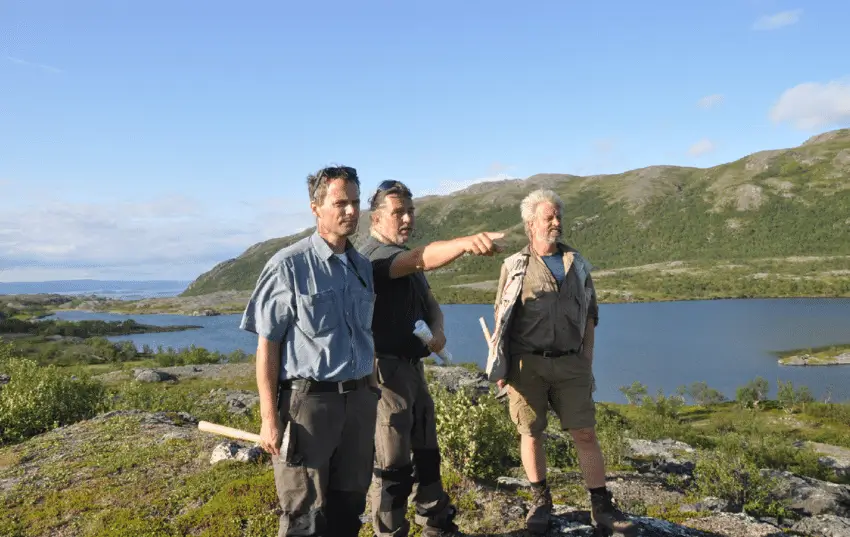High in the Arctic terrain of northern Norway lies a little-known geological wonder—the Karasjok Greenstone Belt. Long overlooked in European mining circles, it is now drawing international attention as explorers eye its untapped mineral wealth and strategic location.
Once merely a geological reference on academic maps, the Karasjok Greenstone Belt has stepped into the spotlight, thanks to a surge in demand for critical minerals like nickel, copper, and platinum group elements (PGEs). And as joint ventures between major players and junior explorers take root, the region is on the verge of becoming Europe’s next mineral frontier.
What Makes the Karasjok Belt So Significant?
Geologically speaking, the Karasjok Greenstone Belt shares many traits with some of the world’s most prolific mineral districts. It’s part of the broader Fennoscandian Shield—an ancient, stable crustal block comparable to Canada’s Abitibi Greenstone Belt and Australia’s Yilgarn Craton.
The belt is made up of highly metamorphosed volcanic and sedimentary rocks, considered prime hosts for:
- Nickel-copper sulphide mineralisation
- Platinum group elements (PGEs)
- Gold and base metals
Despite its promise, Karasjok has remained underexplored—primarily due to its remote Arctic location and sparse infrastructure. But modern exploration technologies and mounting demand for battery metals have reshaped the equation.
Joint Ventures Begin to Unfold

Image 1: Geological team conducting sampling in the Arctic zone of northern Norway
Source: ResearchGate
Recent months have seen the formation of high-profile joint venture mining partnerships in the region. These strategic alliances aim to pool technical expertise and de-risk early exploration phases through shared investment.
For instance, partnerships between global majors and niche explorers have launched airborne survey programs, rock sampling, and structural mapping across large tenement packages in the Karasjok region.
Such collaborations enable efficient data gathering and offer early-stage insights with minimal environmental impact—crucial in a region prized for its ecological sensitivity and Indigenous heritage.
Airborne Surveys Driving Discovery
One of the game-changing developments in mineral exploration in Europe—especially in remote territories like Karasjok—is the use of high-resolution airborne surveys. These include electromagnetic (EM), magnetotelluric (MT), and radiometric techniques to detect subsurface mineral signatures.
In Karasjok, these surveys are helping to:
- Identify ultramafic intrusions that may host nickel sulphide systems
- Map deep structural features controlling mineralisation
- Narrow down drill targets over vast landholdings
Combined with ground geochemistry and AI-assisted data modelling, these tools are drastically improving exploration success rates.
A Strategic Play in the European Mineral Landscape
Europe’s push for resource independence is gathering pace, especially in light of recent geopolitical shifts and climate policy targets. As the EU pivots away from overseas mineral dependency, particularly from China and Russia, domestic sources are gaining strategic value.
The Karasjok Greenstone Belt could contribute to Europe’s critical minerals inventory, supporting everything from EV battery supply chains to clean energy infrastructure.
What makes Karasjok even more attractive is Norway’s stable governance, streamlined permitting, and pro-mining policies—despite its location outside the EU, Norway’s regulatory standards are aligned with European norms.
Also Read: Finnmark Alliance: BHP and Kingsrose Target Critical Minerals in Norway’s Frontier
Challenges Ahead: Weather, Land, and Social Licence
While the geological upside is massive, explorers in Karasjok face genuine logistical and social considerations:
- Extreme winter conditions shorten exploration seasons
- Limited road access can slow mobilisation
- Sámi Indigenous land rights must be respected and integrated into project planning
Any success in Karasjok will need to be matched with best-practice ESG compliance, transparent community engagement, and long-term benefit-sharing models.

Image 2: Northern Karasjok Greenstone Belt.
Source: ResearchGate
Looking Forward: Drill-Ready and Investor-Backed
Several projects in the Karasjok belt are now drill-ready, with permitting in place and initial funding secured. Investors, especially those focused on critical minerals, are watching closely for first-pass drill results that could redefine the mineral map of Europe.
Industry insiders say the belt could see its first mineral resource estimate by late 2025 if early indicators continue to hold.
Conclusion: Karasjok Greenstone Belt—Europe’s Best-Kept Mining Secret?
With the world’s clean energy transition hinging on secure and ethical sources of critical minerals, the Karasjok Greenstone Belt may prove to be more than just a geological curiosity—it could be the cornerstone of Europe’s next great mineral story.
As joint ventures solidify, airborne surveys pick up steam, and drilling nears, this remote Arctic strip might just become the continent’s most promising mining address.

